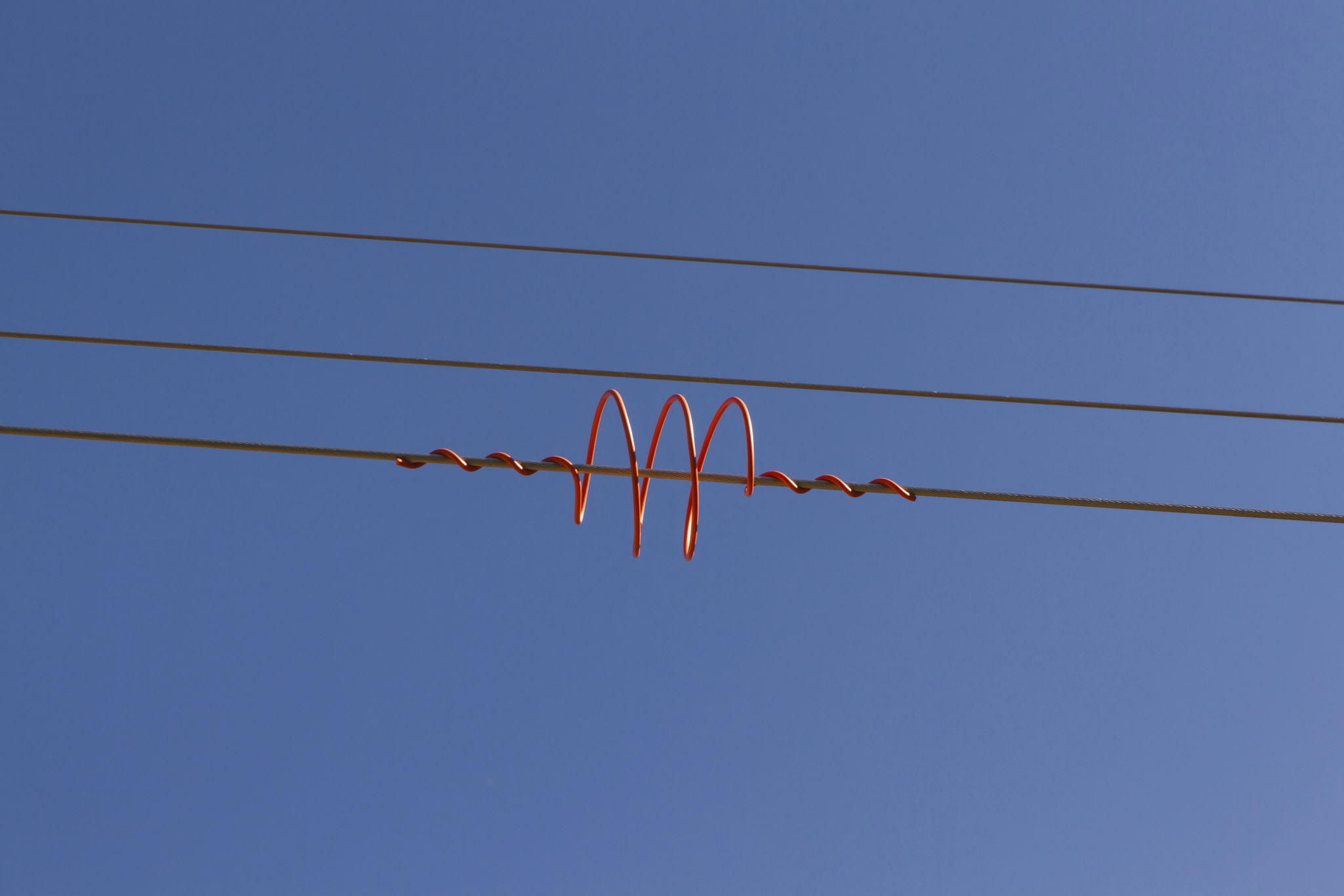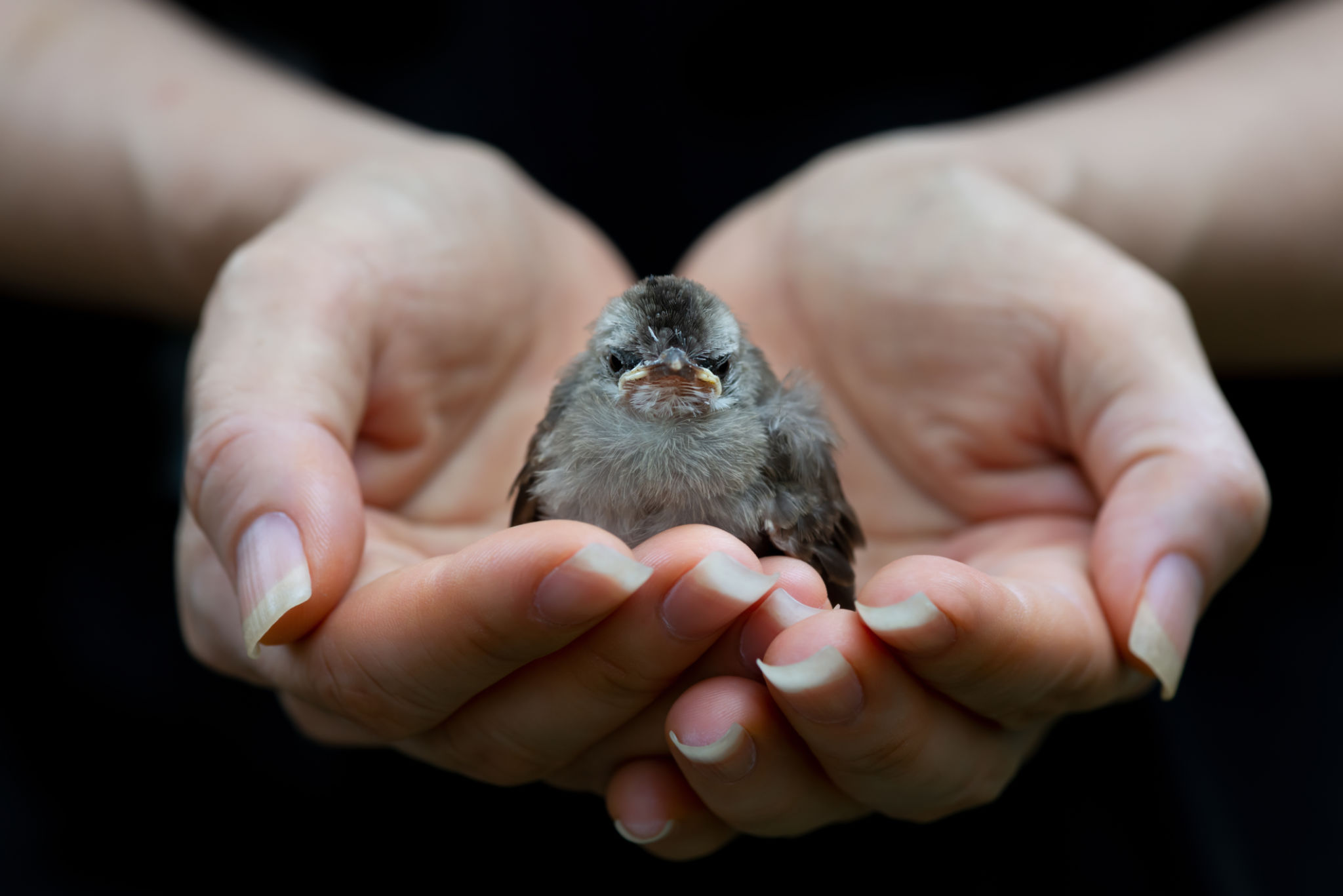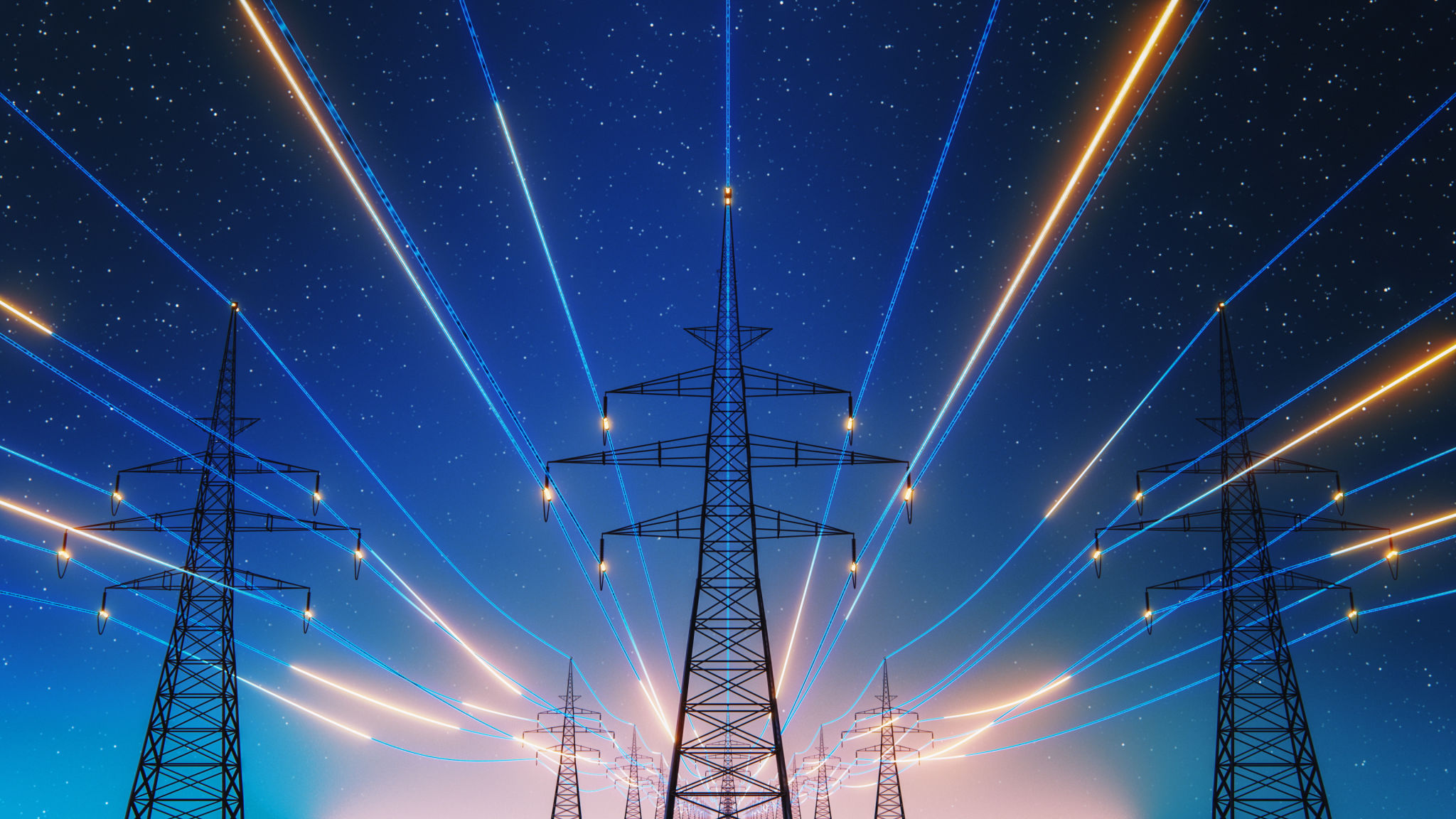How Utilities Can Use Bird Flight Diverters to Protect Wildlife
Understanding Bird Flight Diverters
Bird flight diverters are ingenious devices designed to prevent birds from colliding with utility structures such as power lines and communication towers. These diverters are typically small, colorful markers that can be attached to wires, making them more visible to birds and helping them navigate safely around these obstacles. By using diverters, utilities can play a significant role in protecting avian wildlife and maintaining ecological balance.

The Importance of Protecting Bird Wildlife
Birds are crucial to ecosystems, contributing to pest control, pollination, and seed dispersal. Unfortunately, collisions with utility structures are a significant threat to many bird species, leading to injury or death. This not only affects bird populations but can also disrupt the ecological roles they play. By implementing bird flight diverters, utilities can significantly reduce these incidents, safeguarding both wildlife and biodiversity.
How Bird Flight Diverters Work
Bird flight diverters work by enhancing the visibility of wires and other structures against the sky. Birds often struggle to see thin power lines and may inadvertently fly into them. Diverters, which are often reflective, brightly colored, or equipped with moving parts, catch the light and the bird's attention, encouraging them to change course and avoid collisions.

Implementing Bird Flight Diverters in Utility Operations
For utilities, the integration of bird flight diverters is a straightforward yet effective measure. The installation process is relatively simple and can be tailored to specific areas where bird traffic is known to be high. Utilities should conduct thorough assessments to identify high-risk areas and strategically place diverters where they will be most effective.
Benefits Beyond Wildlife Protection
While the primary goal of bird flight diverters is to protect wildlife, they offer additional benefits for utility companies. Reducing bird collisions minimizes service disruptions and potential damage to infrastructure. This can lead to fewer outages and reduced repair costs, benefiting both the utility company and its customers.

Challenges and Considerations
Despite their benefits, there are challenges in implementing bird flight diverters. The initial investment in purchasing and installing the devices can be a barrier for some utilities. Additionally, regular maintenance is necessary to ensure that the diverters remain effective over time. However, these challenges are outweighed by the long-term ecological and operational benefits.
The Future of Bird Conservation in Utilities
As awareness of environmental issues grows, more utility companies are recognizing the importance of integrating wildlife protection measures into their operations. Advances in technology continue to improve the effectiveness of bird flight diverters, making them a vital tool in conservation efforts. By adopting these practices, utilities can demonstrate their commitment to sustainability and corporate responsibility.
In conclusion, bird flight diverters represent a practical solution for utilities looking to mitigate their impact on wildlife. Through strategic implementation and ongoing maintenance, they can protect bird populations while enhancing operational reliability. As we move forward, it is essential for utilities to embrace these innovations to foster a harmonious coexistence with nature.